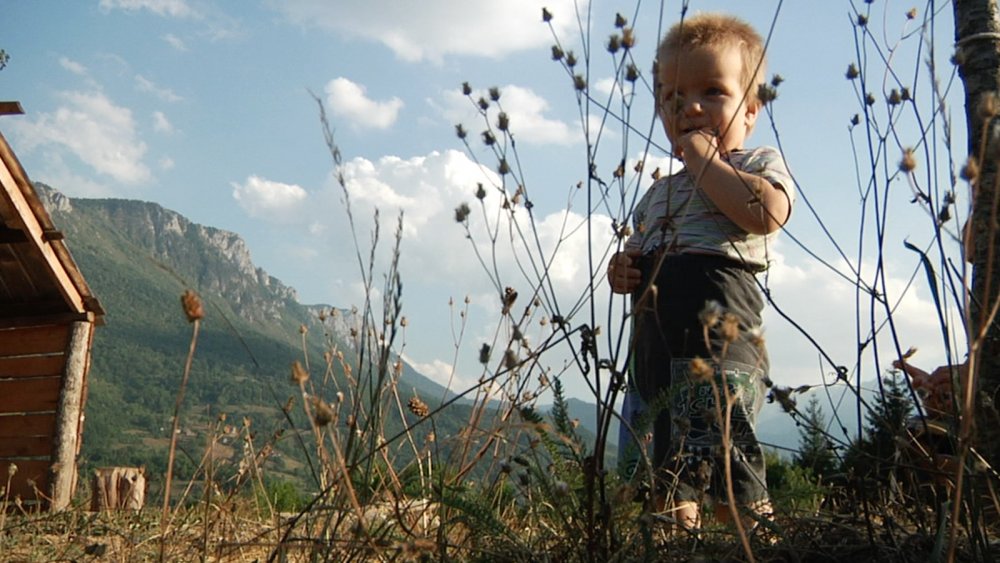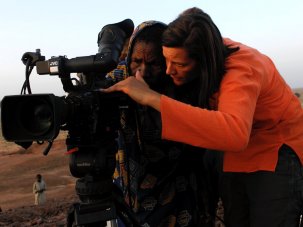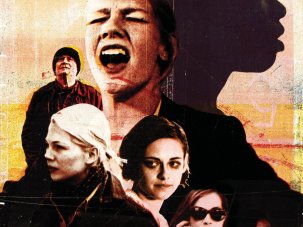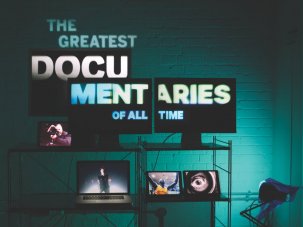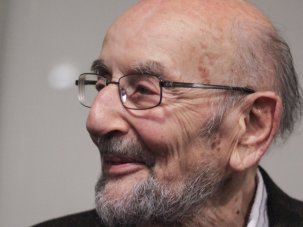“I’ll tell them it’s a movie,” says a driver taking Kirsten Johnson to a Yemeni prison housing al-Qaeda suspects. “It is a movie!” comes her response. Elsewhere in space and time, a twinkly quantum physicist tells Johnson, “There’s another, underlying layer of nature that we haven’t discovered yet.”
USA 2016
Certificate 15 102m 0s
Director Kirsten Johnson
[1.78:1]
Part-subtitled
UK release date 27 January 2017
Distributor Dogwoof
dogwoof.com/cameraperson
► Trailer
So this scrapbook of footage drawn from Johnson’s 25 years as a documentary ‘cameraperson’ shuffles and throws up fleeting moments that together form an exploration of how art and ‘real life’ interact, how memories form and what it means to bear witness. As it weaves through her filming experiences in her native United States, in Nigeria, Liberia and Rwanda, in Bosnia and Afghanistan – sometimes providing full context for interviews or observational material, sometimes letting the audience wonder or guess – the film emphasises the human element in cinematography.
Johnson’s footage is rarely beautiful; this is no sizzle reel of magic-hour lens flare or startling symmetries. Rather, Johnson has opted for moments in which her camera jiggles, fails and bumps into things. Behind it, we hear her sneeze, gasp, curse and cry – and frequently just not know what to do next. To behave, in other words, not as an impartial, impassive human camera, nor as an artist constantly fired by divine inspiration, but as a working person and emotional being. At least as much as it strives to show us Johnson’s personal working practices and individual character, Cameraperson reminds us that the fluidity and cohesion of a film is as illusory in documentary as in fiction filmmaking – not the reproduction of a complete, naturally occurring and ‘true’ narrative, but the product of a long chain of choices, biases, compromises and chance occurrences.
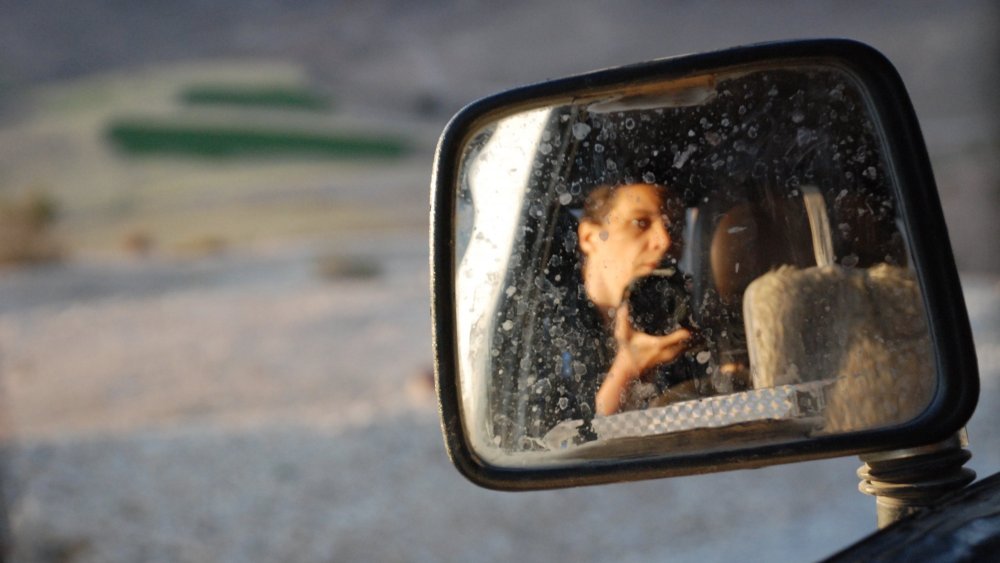
Some sequences do seem to unfold with spontaneous force and symmetry. You’d struggle to find any piece of scripted drama more heated, unpredictable and finally touching than that in which a beaten Brooklyn boxer bursts from the ring, furious and heartbroken, charges back in the direction of his opponent, pursued by Johnson’s camera, and ends up in the arms of his mother. Elsewhere, however, stories tell themselves scrappily, untidily, and with uncertain meaning.
Then there’s the even less conspicuous process of moral decision-making, also exposed to scrutiny here. Cameraperson is haunted – as one senses Johnson may be – by the question of whether and how much documentary filmmakers should intervene in the lives of their subjects. An on-camera offer by Michael Moore to assist with the legal issues of a conscientious objector filmed for Fahrenheit 9/11 (2004), which Johnson shot, sounds vague and showy even as he makes it; an interviewee for Dawn Porter’s Trapped (2016), who tearfully explains her decision to terminate her pregnancy, is vocally comforted by the off-camera crew, Johnson among them.
But in a further clip filmed in Bosnia, Johnson holds back on intervening in a potentially disastrous encounter between a small child and an axe. The challenge of maintaining this simultaneously active and passive role finds its rawest depiction in sequences shot in a Nigerian hospital. As a taciturn midwife in a seriously under-equipped hospital attempts to save the life of an oxygen-deprived newborn, Johnson is a helpless observer; as viewers, we crave a clear narrative progression that reality staunchly refuses to provide.
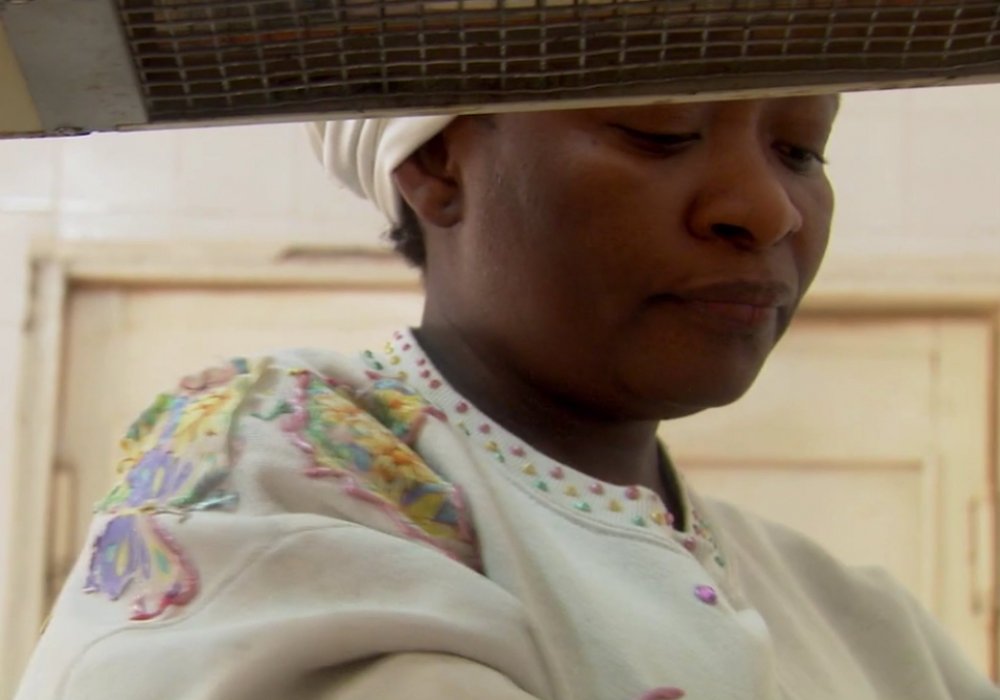
That the stricken baby is the second of twins is echoed in our glimpses of Johnson’s own twin children, whose brief appearances in the film provide a sense of time moving on – as well as a meaningful chink in Johnson’s own privacy. By filming her children before they are old enough to give consent, is Johnson intruding on their rights? What about her own mother, also filmed here, and distanced from any decision-making by Alzheimer’s? Johnson broadens the question by segueing from footage of her children discussing a proper burial for a dead bird to a Syrian filmmaker asking how respect can be preserved for victims of atrocities. “How do we represent horror, represent death, whilst respecting the golden rule – dignity?”
This query reverberates through a film that turns a weary gaze on suffering and cruelty, at one point simply listing with brief landscape shots the locations of historical horrors, from Wounded Knee to Rwanda to the World Trade Center. The film also asks: what of the one who does the representing? How is the filmmaker affected by absorbing the misery of others?
Again, Johnson lets her own experience show through the testimonies of her interviewees. “What is your channel to let it go?” asks a Bosnian translator who has listened to innumerable stories of rape. One answer, for Johnson, is a renegotiation of memory: a privileging of the positive. The worst war stories she heard in Bosnia have, she finds, been overwritten by happy memories of the rural farming family she met and filmed there. The mind is an unreliable witness; and memory, just like a filmmaker, elects what to foreground and what to edit out.
In the February 2017 issue of Sight & Sound
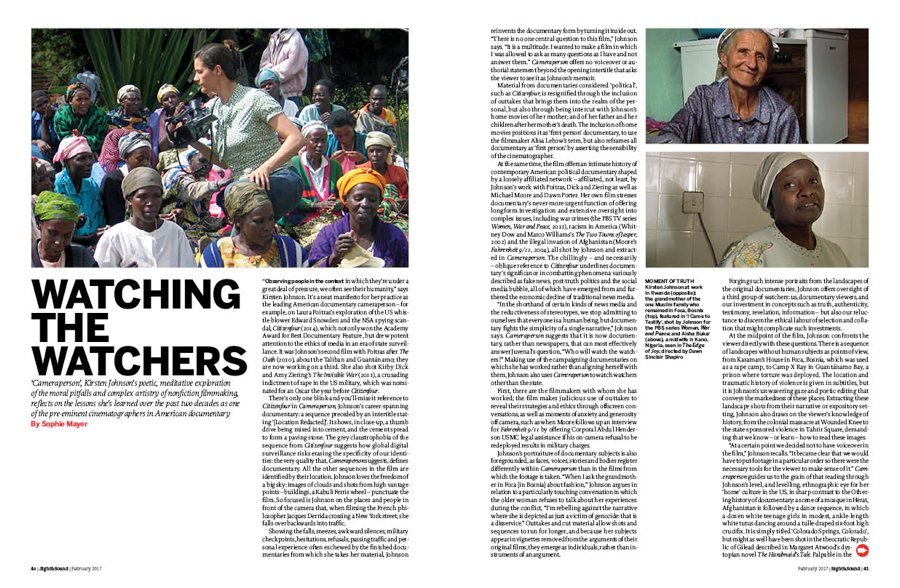
Watching the watchers
Cameraperson, Kirsten Johnson’s poetic, meditative exploration of the moral pitfalls and complex artistry of nonfiction filmmaking, reflects on the lessons she’s learned over the past two decades as one of the pre-eminent cinematographers in American documentary. By Sophie Mayer.
-
Sight & Sound: the February 2017 issue
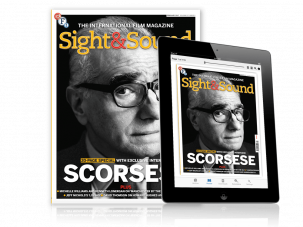
Martin Scorsese on Silence – an extended interview. Plus Scorsese’s art of abstraction and the director as film historian and advocate,...
-
The Digital Edition and Archive quick link
Log in here to your digital edition and archive subscription, take a look at the packages on offer and buy a subscription.




